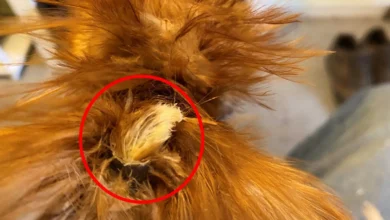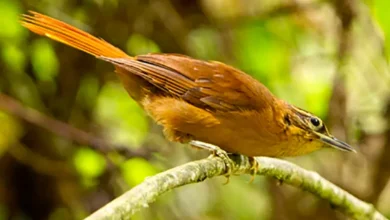The Asian Pied Starlings – also known as Pied Mynas (Gracupica contra formerly Sturnus contra) – are starlings found in South and Southeast Asia. They are locally known as Gursal, Ablak and Ablaki Maina.
Distribution and Habitat
Asian Pied Starlings occur naturally on the plains and low foothills of the Indian Subcontinent (South Asia) and Southeast Asia up to 2,300 feet (700 meters) above sea level. These starlings typically remain in areas with easy access to open water. Over the last decades, they have expanded their territories. Populations of them have also established themselves in Dubai.

They have also adapted well to urban living and are often seen in cities and villages, and are generally seen in small groups. In urban environments, they are becoming so abundant that they are considered pests by many human residents. IUCN (2006) listed them recently as among “100 of the World’s Most Invasive Species”.
Subspecies, Ranges and Identification
Slight plumage variations, extent of streaking and size differences have been noted between the different subspecies.
- Gracupica contra contra (Linnaeus, 1758) – Nominate Race
- Range: Found in extreme eastern Pakistan, in the Lahore area; northern and central India (east to western Assam, south to extreme northern Karnataka and northern Andhra Pradesh); and southern Nepal and Bangladesh.
- Gracupica contra sordida (Ripley, 1950)
- Range: Found in northeastern India (Sadiya to Tirap and the Naga Hills)
- ID: Similar to the nominate form, except for having reduced streaking on the shoulders and nape (back of the neck).
- Gracupica contra superciliaris (Blyth, 1863)
- Range: Found in the state of Manipur located in northeastern India; also western and northern Myanmar and southwestern China (southwestern Yunnan).
- ID: The white markings extend over the eyes.
- Gracupica contra floweri (Sharpe, 1897)
- Range: Southern and eastern Burma (Myanmar), southern China (southeastern Yunnan), Thailand (except eastern parts), northwestern Laos and Cambodia.
- Gracupica contra jalla (Horsfield, 1821)
- Range: Found on the Indonesian islands of Sumatra, Java and Bali.

Description
The plumage is a contrasting black and white, with the upperparts, throat and chest being black and the cheeks, lores (areas between the eyes and the bill), wing coverts and rump being white. The bare skin around the eyes are reddish. Rarely, leucism (partial albinism) has also been recorded with this species.
The bill is yellowish with a reddish bill base.
Males and females look alike.
Juvenile birds can be identified by the fact that the black markings of the adults are replaced by dark brown.
Breeding / Nesting
Most breeding activities have been recorded between March and October. As the breeding season commences, flocks break up and birds pair up, although several pairs may breed in the same vicinity. The courtship ritual involves calling, fluffing of the feathers and head bobbing.
The nest is placed on a large tree (often banyan, mango, jackfruit or rosewood) or in urban areas, on man-made structures. It is loosely constructed out of straw into the shape of a dome with an entrance on the side.
A clutch consists of 4 – 6 glossy blue eggs, which are laid one every other day. The incubation usually starts after the third or fourth egg has been laid. The young hatch about 14 to 15 days later. The female broods the chicks for about two weeks, with the female staying at the nest during the night. The chicks are fed by both parents until they fledge (leave the nest) about three weeks later. One instance of interspecific feeding has been reported – where a Common Myna fed a young Asian Pied Starling.
Asian Pied Starlings usually only raise one brood in a season; however, are likely to replace lost clutches.

Diet / Feeding
Their diet mostly consists of insects, worms, spiders, etc. and various fruits.
Calls / Vocalizations
- They produce a wide repertoire of calls consisting of whistles, trills, buzzes, clicks and warbling notes.
- Sound Recordings
- They make well known for their outstanding ability to mimic human speech and imitate tunes.
Alternate (Global) Names
Chinese: ???, ??? … Czech: špa?ek indomalajský, Špacek strakatý … Danish: Skadestær … Finnish: Kyläkottarainen … French: Étourneau pie, Martin pie … German: Elsterstar … Irish: Míona breac … Indonesian: Jalak suren … Italian: Storno bianco e nero, Storno bianconero asiatico … Japanese: hoojiromukudori … Japanese: ???????? … Dutch: Eksterspreeuw … Norwegian: Svartstrupestær … Polish: szpak srokaty … Russian: ????? ??????? … Slovak: Ékorec strakatý, škorec strakatý … Spanish: Estornino Pálido Asiático, Estornino Pío … Swedish: Svartvit stare … Thai: ????????????



